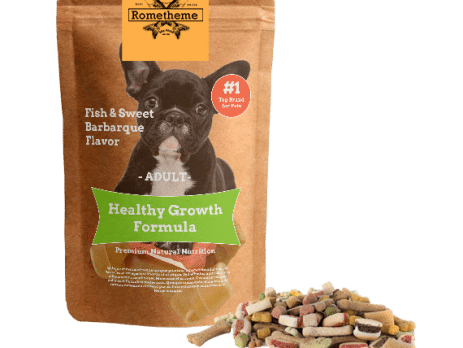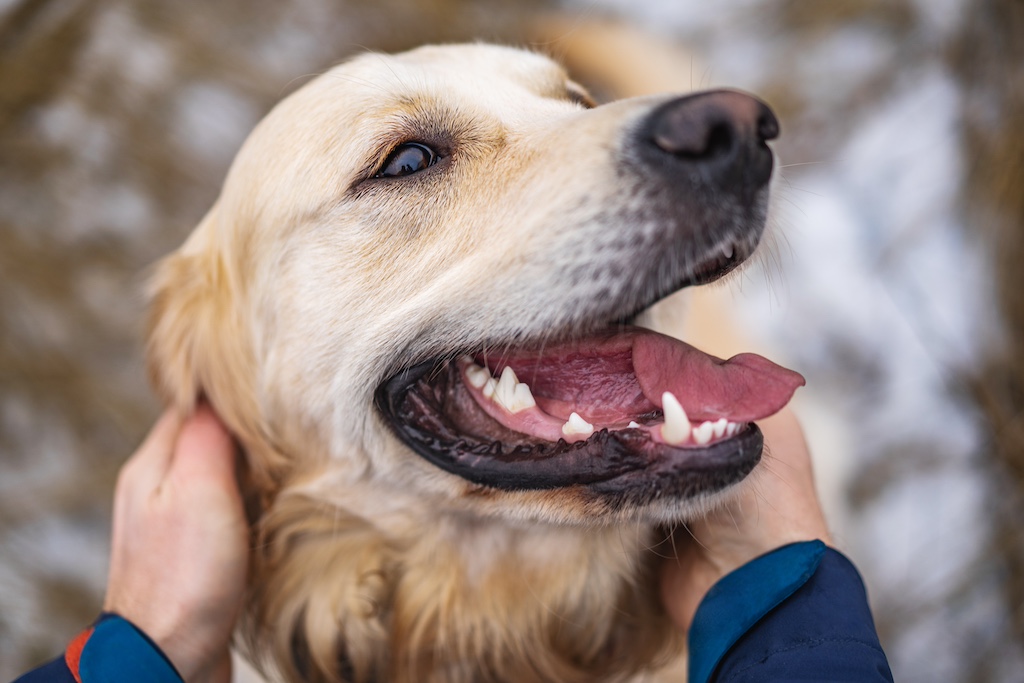Services – Common diseases in farm animals
Langley Animal Clinic2024-02-02T02:22:23+00:00Common Diseases in Farm Animals
Langley Animal Clinic
When farm animals get sick, usually there are common aliments that vets see as they go from farm to farm to care for the livestock. Learn more about the common diseases in farm animals.
Milk Fever
Symptoms, treatment and prevention
Otherwise known as hypocalcemia: low blood calcium.
Common condition of recently calved dairy cows, however can be seen at any stage of lactation.
Risk factors for developing milk fever: inappropriate levels of Calcium(Ca) in the pre calving diet, over conditioning of cows pre calving, low levels of Magnesium(Mg) in the diet, high yielding cows (big Ca drain in the milk). Cows with an E.coli mastitis can also develop a secondary milk fever.
Can exist in a clinical (obvious) and subclinical (no so obvious) form.
Signs associated with clinical disease:
- Weakness and recumbency, increased heart rate, heart beat irregularities.
- Low body temperature, ‘cold ears’, mentals dullness, neck bent towards.
- Large bladder, shivering, bloat and eventually, death.
Signs associated with subclinical disease:
- Increased herd incidence of retained placental membranes (RPMs).
- Increased herd incidence of left displaced abomasums (LDAs).
- Increased herd incidence of mastitis.
- Immunosuppression.
- Uterine inertia.
Treatment
Intravenous(IV) Calcium solution: for an average dairy cow, 1 bottle of Cal-Plus IV and 0.5-1 bottle of Calcium borogluconate IV. It is ESSENTIAL to listen to the heart when giving Calcium IV-can cause cardiac arrest and death if given too rapidly IV.
In certain cases, more calcium than is described above will be required.
In very mild cases, when the cow is still standing, administration of Calcium under the skin (subcutaneously) can be helpful. However, Subcutaneous calcium alone is not sufficient to treat a clinical milk fever.
Prevention
Proper dry cow management – correct body condition score (BCS). Close-up ration must be either very low in Calcium (200 Grams per day).
In cases where there is a concern that a cow might develop milk fever post calving, a large pill containing Calcium (Calcitrace bolus) can be given orally as a preventative – note that timing of bolus administration is crucial – should only be given approx 24-48hrs pre-calving. NEVER give a calcitrace bolus as a treatment for clinical milk fever: swallowing reflexes are compromised and they can cause asphyxiation.
If you are noticing an increase in clinical or subclinical cases of milk fever, it may be a sign that your dry cow ration needs to be adjusted. For ration balancing, please contact Dr. Gordon McDonald.
Ketosis
Symptoms, treatment and prevention
Common name: acetonemia.
Very common condition in dairy cattle.
Occurs when energy intake fails to meet energy output, usually from high milk production, resulting in an energy deficit leads to the body mobilising fat from tissue stores, sending it to the liver for conversion into available energy. If the mobilization is excessive, as is the case when cows are over conditioned, liver function is compromised and can fail.
Excessively high levels of ketones can be measured in the bloodstream (and smelled on the breath). These compounds damage the function of other body systems which leads to poor health
Primary cause (not seen often in our area): reduced availability of feed, especially concentrates.
Secondary cause (the majority of cases): other disease processes cause a reduction in feed intake (DAs, pneumonia, mastitis).
Can exist in subclinical and clinical forms.
Clinical disease symptoms:
Depression, inappetance, milk drop.
Yellow mucous membranes, ketotic breath “sweet smelling breath”.
Neurological signs: manically licking everything.
Recumbency.
Death.
Subclinical disease symptoms:
Reduced milk yield.
Poor fertility (poor or absent heat cycles, cystic ovaries).
Increased incidence of LDAs.
Increased RP’s.
Treatment
Oral administration of propylene glycol (Glycol).
IV administration of Dextrose.
Recurrence is common if the underlying disease process is not treated.



Retained Placental Membranes (RPM)
Symptoms, treatment and prevention
Also called: Retained afterbirth, retained placenta.
Common occurrence in postpartum dairy cows.
Risk Factors
Inappropriate close-up ration (the most common cause) usually caused by feeding too much grain (concentrates). As a guide, close-up cows should be fed no more than 6 lbs of grain (and grain equivalent, including corn silage) per day for the last 3 weeks before calving.
Difficult calvings, abortions, subclinical milk fever, low levels of Vit E/Selenium in the diet, and immunosuppression are also contributing factors.
RPM can cause a number of negative effects:
Drop in milk production.
Increased calving to conception interval.
Increased risk of developing an LDA.
Increased risk of developing endometritis and septicaemia.
Can develop heart valve infection (valvular endocarditis) if left untreated for too long.
Increased risk of developing bladder infections.
Clinical signs:
Membranes still present at vulva 24 hours post calving.
Uterine discharge.
Elevated temperature.
Off feed.
Treatment
Manual removal of membranes 4 – 5 days post calving. Note: earlier removal can cause uterine bleeding as membranes are still firmly attached to uterus at this stage. Once the membranes are removed, the uterus should be infused with a dextrose/tetracycline solution.
Systemic antibiotics should be administered if the cow has a fever and is showing signs of illness.
Prevention
Balanced close up (dry cow) ration.
Good calving technique.
Clean calving pens.
Hardware Disease(Traumatic Reticulopericarditis)
Symptoms, treatment and prevention
Typically occurs when a cow ingests foreign material, usually of made of metal. For example: nail, pieces of wire, electrical cable, etc.
Metal object reaches reticulum, which is in close proximity to the heart, and ruminal contractions push the metal object towards the heart, allowing bacteria to spread from the rumen into the sac surrounding the heart. This infection compromises cardiac function.
Common clinical signs include decreased production, and reduced weight gain.
On physical exam, the heart is difficult to hear, or else the heart rhythm is highly irregular. Reduced rumen motility can also be seen if the nail has punctured through other parts of the rumen (called traumatic reticuloperitonitis, or vagal indigestion).
Treatment involves oral administration of a magnet to try and bind the piece of metal, as well as systemic antibiotics. If no improvement, can attempt rumenotomy (surgically opening the rumen) to try and retrieve the piece of metal, however difficult and often unrewarding.
Better to prevent than to treat!
Pneumonia
Symptoms, treatment and prevention
Also called: ‘Shipping fever’, lung infection.
Can occur in animals of any age, however most commonly seen in younger cattle, especially after a stressful event, such as: transport, dehorning, weaning, castration etc.
Most commonly viral or bacterial-typically begins with a viral infection,which comprises lungs immune defenses and paves the way for a secondary bacterial infection.
Common clinical signs include:
Elevated temperature.
Increased respiratory rate.
Nasal discharge.
Lethargy.
Decreased appetite.
Eventually death if left untreated.
Chronic form:
Weight loss.
Persistent cough.
Ill thrift.
Lung abscessation – which typically rupture, causing severe purulent discharge from the nose. Prognosis grave if this occurs.
Treatment
Injectable antibiotics and anti-inflammatories-antibiotic choice should be determined based on severity of clinical signs,must also consider milk/meat withdrawal times on treatments.
Prevention
Depends on suspected cause. A number of viral causes can be vaccinated against. Triangle 10 protects against IBR and BVD, Inforce protects against RSV, PI3 and IBR.
Bacterial causes can typically be prevented by reducing stress ie don’t castrate and dehorn on the same day as transport, minimize overcrowding, make sure ventilation is adequate in housing, avoid excessive ‘cold draughts’, exposure to extremes of weather conditions etc.
Where avoiding stressful situations is not feasible, prophylactic antibiotic treatment can be applied to at-risk groups (i.e., treating before any clinical signs are present to prevent disease developing).
Our Services
Small Animals
Contact
- Pet Care Service 24/7
- (604) 534 4813
- Email: info@langleyanimalclinic.ca
- 5758 203 St, Langley City, BC V3A 1W
Practice Hour
- Mon - Sat : 08:00am - 9:00pm
- Sun - Mon : 08:30am - 09:00pm

SHOP ONLINE
Get great discounts on pet supplies! Shop from Canada’s best selection of pet supplies.
Animal Care and Advice
 Pet Grooming & Hygiene, Pet Health & Safety Tips
Pet Grooming & Hygiene, Pet Health & Safety Tips Pet Dental Care: Preventing & Treating Cavities in Pets
Comprehensive Guide to Preventing and Treating Cavities in PetsTable of ContentsImportance of Dental Health in PetsBrief Overview of Cavities and...
 Pet Grooming & Hygiene, Small Animals
Pet Grooming & Hygiene, Small Animals Senior Pet Dental Care: Understanding the Unique Challenges and Needs of Older Pets
Proper dental care is just as important for your pets as any other member of your family, but it is...
 Canine Companions: Beyond Basics, Pet Grooming & Hygiene, Pet Nutrition & Diet
Canine Companions: Beyond Basics, Pet Grooming & Hygiene, Pet Nutrition & Diet 7 Recognizing Signs of Dental Pain in Dogs: A Guide
Although proper dental care is an essential part of your dog’s wellbeing, it is something that is often overlooked by...
Subscribe To Our Newsletter
Get all the latest information on Events, Sales and Offers.

